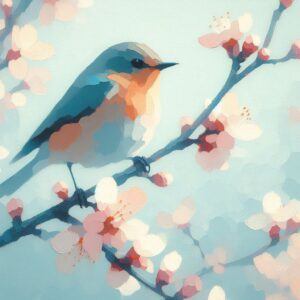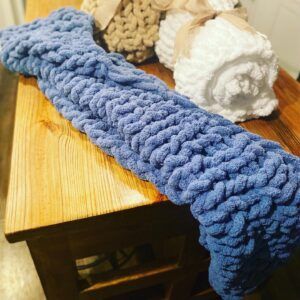Creating a craft is a form of Art therapy that can be a fun and engaging way to explore your creative side while also finding relief and balance. Many activities offer a mix of relaxation and insight to help you unwind and better understand your emotions.

Essential Art Therapy Activities through
Discovering art is not just about making something that looks pretty. It’s a meaningful way to connect with your feelings and express emotions that may be hard to say out loud. Try painting with numbers is a good way to start a project. Many beginners that choose a group or an art therapist, feel calmer and more centered after a session. You can tailor the activities to suit personal needs, whether you are looking for stress relief, self-exploration, or simply a fun way to spend an afternoon.
Getting Started with Art Therapy
Before jumping into a craft, consider trying various activities that spark your interest, knitting or crocheting, journaling with illustrations, creating art, or assembling a vision board to visualize your goals. By starting small, you can gradually expand the range of techniques you use, making art a regular part of your self-care routine.
Things to Consider…
Materials and Space: Pick a project or art and start small with supplies in case you want to change. A dedicated space for your project can truly make a difference.
Your Comfort Level: Start with activities that feel natural and build your confidence.
Guidance and Structure: Although open-ended activities work for many, some may benefit from a more guided approach or working with a professional art therapist.
Time and Patience: The benefits of art therapy emerge over time. Regular practice and patience can lead to noticeable shifts in your mood and outlook.
Overcoming Common Challenges
Even though art therapy is welcoming, you might encounter challenges along the way. Beginners sometimes feel overwhelmed by the freedom of expression or find that the process stirs strong emotions or memories. Try putting aside judgment and allow yourself to experiment freely with free drawing or doodling, which can ease the pressure.
Crafting activities might bring deep feelings to the surface. When this happens, focus on self-soothing techniques such as deep breathing, taking a short break, or discussing your thoughts with a trusted friend or therapist. Having too many options can make it hard to decide where to begin. Choose one medium for an extended period to explore it thorough. Facing these challenges with a patient mindset can turn obstacles into opportunities for growth and self-reflection.
Advanced Tips and Creative Ideas
Experiment with Mixed Media: Don’t be afraid to blend different materials.
Find Your Personal Themes: As you progress, you may notice recurring images or patterns in your art. Reflect on these symbols to get a sense of what they reveal about your work.
Use Color Deliberately: Colors are very important in art. Experimenting with contrasting hues or soft pastels can significantly affect your mood
Create a Routine Session: Carving out a regular time for your art therapy craft —whether it is a quick 15-minute sketch or an hour-long painting session—can help build a structured outlet for your emotions and refine your technique over time.
Frequently Asked Questions
What exactly is art therapy?
Art therapy uses creative expression—whether through drawing, painting, or other forms—to help explore emotions and reduce stress.
Can I practice art therapy on my own?
Yes, you can. While guided sessions with a professional are available, many people successfully adopt art therapy on their own by choosing activities or era searching ideas.
What if I don’t consider myself an artist?
Art therapy is not about producing professional-level art. The focus is on engaging in creative expression and enjoying the process.
How often should I engage in art therapy activities?
This varies from person to person. A daily or weekly routine can reinforce the calming and reflective aspects, leading to positive shifts in mood and well-being.
Are there any risks?
Art therapy is generally safe, though sometimes strong emotions may surface. In such cases, it can be very helpful to speak up with a friend or professional for support.
Wrapping It All Up
Choosing a medium that feels right—whether it is as simple as doodling or knitting or crocheting—can jumpstart a regular practice that nurtures your well-being.
Every moment spent with art can bring clarity and balance into your life. The benefits extend beyond the creative output; art therapy often provides insights into your emotions, helps reduce stress, and fosters a deeper connection with your inner self.
If you have a passion for art or are simply looking for a fresh way to connect with your inner feelings, consider giving art therapy a try.